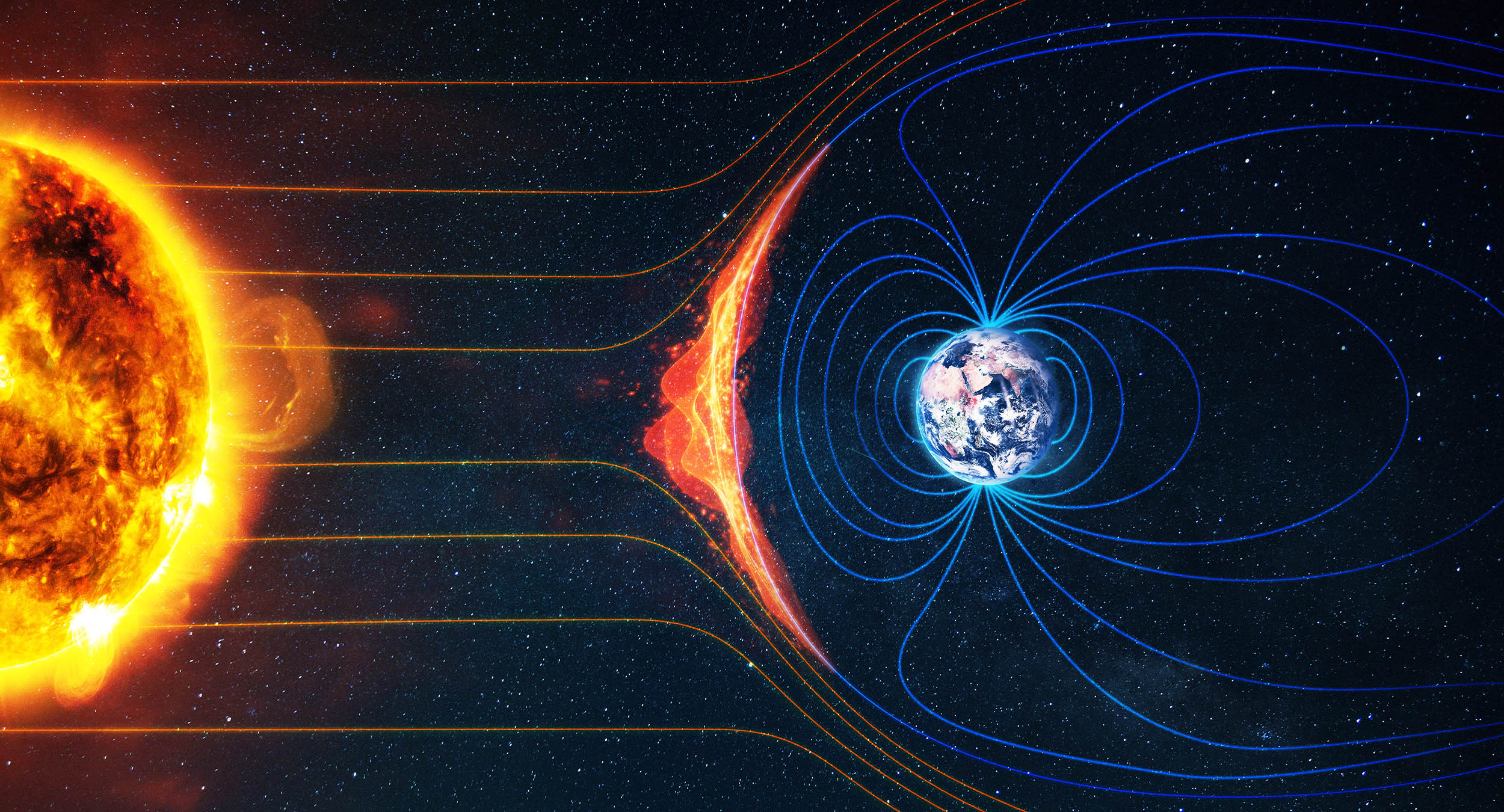A groundbreaking study led by Edward Forman at the University of Southampton and James Baldini at Durham University has used the unique method of analyzing stalagmites in Bermuda’s caves to track changes in the Gulf Stream over centuries. Published in Nature Communications Earth & Environment, this research reveals crucial information about the Atlantic Meridional Overturning Circulation (AMOC) and how it might impact the climate as global temperatures continue to rise. The original study was shared by The Conversation, where the researchers discussed the long-term shifts in the Gulf Stream and its potential consequences for global weather patterns.
The Role of Stalagmites in Climate Research
Stalagmites, typically known for their beauty and geological interest, have proven to be essential in studying past climate patterns. The cave systems in Bermuda contain mineral deposits that grow slowly, gaining only a millimeter every few years. These deposits, called speleothems, carry chemical traces of the water that drips from the ceiling of the caves. By analyzing these stalagmites, scientists can indirectly reconstruct past sea surface temperatures, providing insights into how ocean currents and regional climates have shifted over long periods.
The researchers found that during colder periods, increased wind speeds lead to more sea spray, which then becomes part of the mineral deposits in the stalagmites. “Analysing the chemistry of one of these stalagmites has thus enabled us to indirectly reconstruct past sea surface temperatures,” the researchers said. This method opens up a window into understanding how the Gulf Stream has behaved over the last several centuries, adding critical depth to our understanding of ocean circulation and its links to regional and global climates.


Gulf Stream Shifts and the AMOC: A Century-Old Pattern
The Gulf Stream, one of the most powerful ocean currents, has played a pivotal role in shaping the climate of Western Europe and parts of North America. The warm water flowing from the Gulf of Mexico northward helps to regulate temperatures across the North Atlantic, especially for countries in Western Europe. As the Gulf Stream reaches colder latitudes, the water cools and sinks, eventually flowing back southward. Together, these processes form part of the AMOC, a system vital for maintaining global climate balance.
Using the data from the Bermuda stalagmites, the research team traced the movement of the Gulf Stream back to 1449. The data revealed that around 300 years ago, the Gulf Stream shifted northward, coinciding with the weakening of the AMOC. This finding suggests that the AMOC may have been weakening long before the onset of industrialization and rising global temperatures, raising concerns that the system could be more sensitive to changes than previously thought. If the AMOC continues to weaken, it could lead to significant disruptions in weather patterns across the globe.


A Warning for Future Climate Change
One of the most important takeaways from this research is the potential consequences of a continuing weakening of the AMOC. Climate models suggest that as global temperatures rise above 1.5°C, the AMOC could experience further destabilization, with some models predicting a collapse of the system within this century. The Intergovernmental Panel on Climate Change (IPCC) has estimated that there is up to a 10% chance of AMOC collapse by 2100, but recent findings suggest that this risk might be even higher.
The researchers point out that even small shifts in ocean circulation can have significant effects on regional climates. “A sustained movement of the Gulf Stream would lead to changing regional temperatures, rainfall patterns and more extreme weather,” they conclude. Such shifts could be particularly devastating for regions that rely on stable weather patterns for agriculture and natural resources. “This could have serious implications for wildlife and food security, as ecosystems struggle to adapt to the changing climate,” they added. This underscores the urgent need for understanding and addressing the long-term impacts of climate change on critical ocean systems like the Gulf Stream.
Source link

